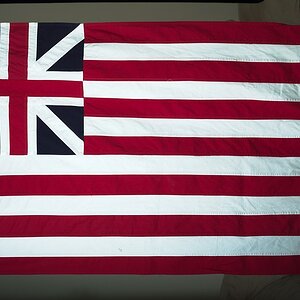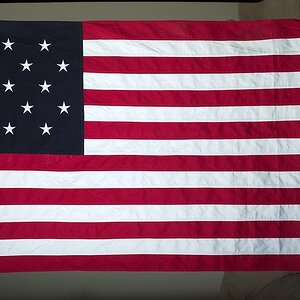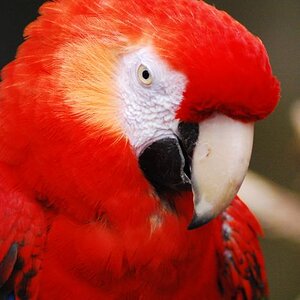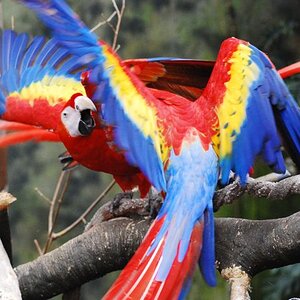duarted
TPF Noob!
- Joined
- Dec 26, 2013
- Messages
- 65
- Reaction score
- 3
- Location
- Belize / Portugal / USA
- Can others edit my Photos
- Photos NOT OK to edit
Hello,
I have a Canon 600D + Canon 70-300mm + Canon 18-55mm EF-S + Tokina 11-16mm
I'm planning to change camera and I'm wondering what are the advantages of Canon 6D and Panasonic GH4?
The main reason I'm upgrading is because of the noise in low light with the Canon 600D.
I use it mainly for VIDEO and I'll be also doing underwater videography.
I'm also looking to improve video quality from the Canon 600D that I have now.
Can someone help me? Thanks!
I have a Canon 600D + Canon 70-300mm + Canon 18-55mm EF-S + Tokina 11-16mm
I'm planning to change camera and I'm wondering what are the advantages of Canon 6D and Panasonic GH4?
The main reason I'm upgrading is because of the noise in low light with the Canon 600D.
I use it mainly for VIDEO and I'll be also doing underwater videography.
I'm also looking to improve video quality from the Canon 600D that I have now.
Can someone help me? Thanks!


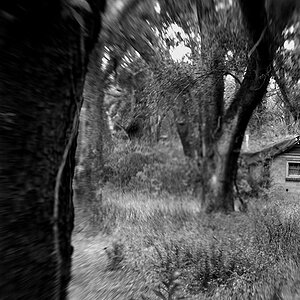
![[No title]](/data/xfmg/thumbnail/42/42040-7a66cabbeffd44783ea44a91ef4d0e70.jpg?1619739987)

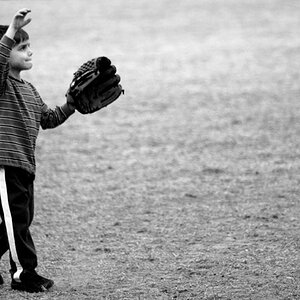
![[No title]](/data/xfmg/thumbnail/34/34346-f7996f51f0624620cfd54a488abeacf9.jpg?1619736382)

